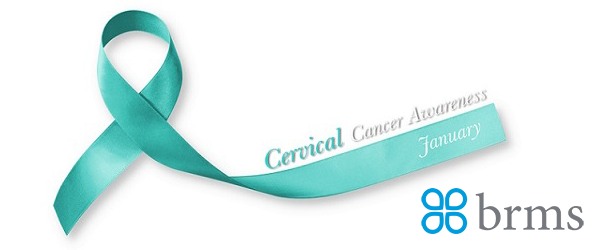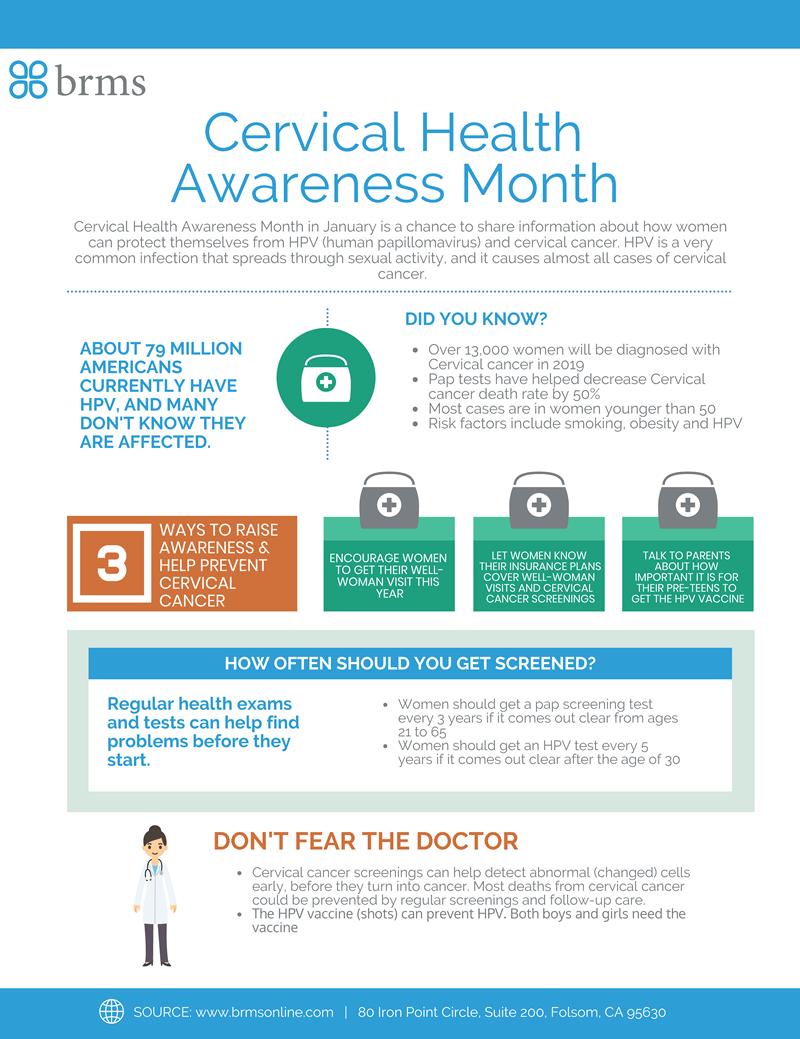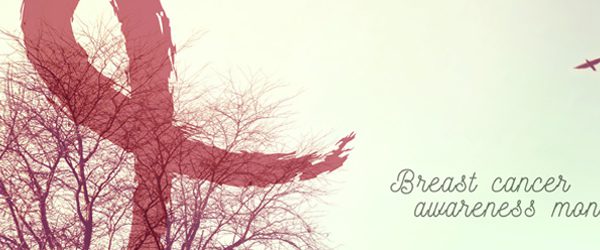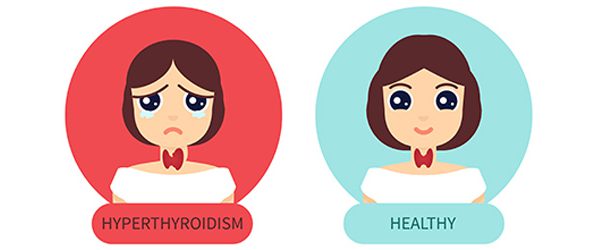

What is Cervical Health Awareness month?
Cervical Health Awareness Month is a chance to raise awareness about how women can protect themselves from HPV (human papillomavirus) and cervical cancer. HPV is a very common infection that spreads through sexual activity, and it causes almost all cases of cervical cancer.
What is HPV?
Types of HPV
Each HPV virus has its own number or type. The term “papilloma” refers to a kind of wart that results from some HPV types.
HPV lives in thin, flat cells called epithelial cells. These are found on the skin’s surface. They’re also found on the surface of the vagina, anus, vulva, cervix and head of the penis. They’re also found inside the mouth and throat.
About 60 of the 100 HPV types cause warts on areas like the hands or feet. The other 40 or so enter the body during sexual contact. They’re drawn to the body’s mucas membranes, such as the moist layers around the anus and genitals.
High-Risk, Low-Risk
Not all of the 40 sexually transmitted HPV viruses cause serious health problems.
High-risk HPV strains include HPV 16 and 18, which cause about 70% of cervical cancers. Other high-risk HPV viruses include 31, 33, 45, 52, 58, and a few others.
Low-risk HPV strains, such as HPV 6 and 11, cause about 90% of genital warts, which rarely develop into cancer. These growths can look like bumps. Sometimes, they’re shaped like cauliflower. The warts can show up weeks or months after you’ve had sex with an infected partner.
What Are the Symptoms?
Often, there are no symptoms of an HPV infection, and the body clears the infection on its own in a few years. Many people never know they were infected.
But sometimes an infection with high-risk types of HPV will last longer. This can cause changes in the cells of the cervix that could lead to cancer including vulvar cancer. The same thing could cause abnormal changes in cells of the penis and anus, but this is rare.
Can You Prevent HPV?
You can get HPV through sex (vaginal, anal, or oral). It spreads through skin-to-skin contact.
HPV can infect skin not normally covered by a condom so using one won’t fully protect you.
You can’t get HPV from a toilet seat, swimming pools, or from an infected person’s blood.
The only way to avoid all risk of any type of HPV infection is to never be sexually active — no vaginal, anal, or oral sex.
To lower your risk, you can also limit the number of sex partners you have. You can also choose partners who’ve had few or no sex partners before you.
Three vaccines — Cervarix, Gardasil, and Gardasil-9 — protect against HPV. They’re available to boys and girls as young as 9 and adults up to age 26.
The vaccines focus on some of the higher-risk types of HPV. All three guard against HPV 16 and 18. Gardasil and Gardasil-9 are also effective against HPV 6 and 11, which cause most genital warts. Gardasil-9 also covers against the high-risk strains 31, 33, 45, 52, 58.




